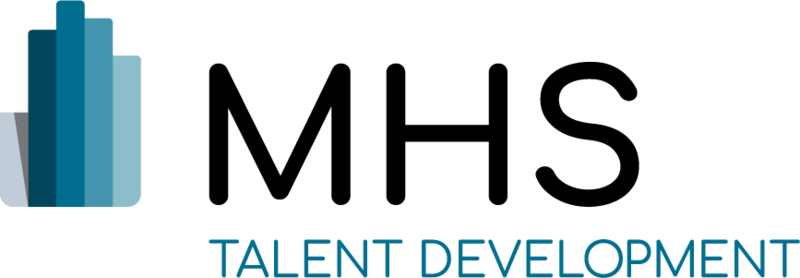Professional Partner Content
What To Do When Someone Fakes Good On Self-Report Assessments
Published Thu May 14 2020
Imagine you’re hiring for a senior sales position. As part of your hiring process, you have candidates take a self-report assessment to get a better feel for their sales competencies and people skills. You have the assessment results for two candidates in front of you: one candidate has many strengths that are important to the role, but they also have some weaknesses that should be considered. The second candidate has scored off the charts on every scale measured, but they seem almost too good to be true. Who’s the stronger candidate? Who’s telling the truth?
A major concern for professionals who are thinking of integrating assessments into their development or selection process is that they’re easy to fake or manipulate to look like the stronger candidate. If you have limited or no knowledge of working with this person, it may be difficult to tell if they are faking the assessment or if they truly have these strengths. There are a few things that you can do to prevent false or inaccurate results before administering an assessment, and ways to check after if a person faked their results.
Before Administering the Assessment
Whether the purpose of your assessment is selection, personal, or professional development, it always helps to remind participants that they should be answering honestly, that there are no right or wrong answers, and that they should just be themselves. If an assessment is being used for development, then being honest will help them get the most out of the assessment. You can also remind them that their results on the assessment will not affect their job performance or employment status. And in a selection context, assessments are often used to get to know a person more rather than eliminate them from consideration. Providing a person with more information often makes them feel more at ease when taking assessments, and they will be more likely to give honest responses when you provide them with a safe environment to be honest.
When Looking at the Report
Assessments like the EQ-i 2.0 and Pearman come with coach reports that provide additional details that can indicate if a person may have been faking the assessment. You can check the response distribution of the assessment to see if they only replied with the highest and lowest response options. Reports will also be flagged if similar questions are being responded to with different answers or if the participant completes the assessment too quickly.
The best way to tell if someone has a true strength versus if they are exaggerating their strengths is to follow up with them on their skills in a debrief or an interview. Ask them to provide examples of times when they used that skill as a strength or how they have demonstrated that skill.
If you are looking to be certified for MHS Talent Development assessments, we offer virtual certification here. If you have any questions about our assessments or selection guide services, please contact us at [email protected].
You've Reached ATD Member-only Content
Become an ATD member to continue
Already a member?Sign In

